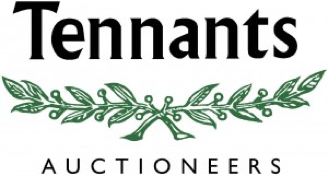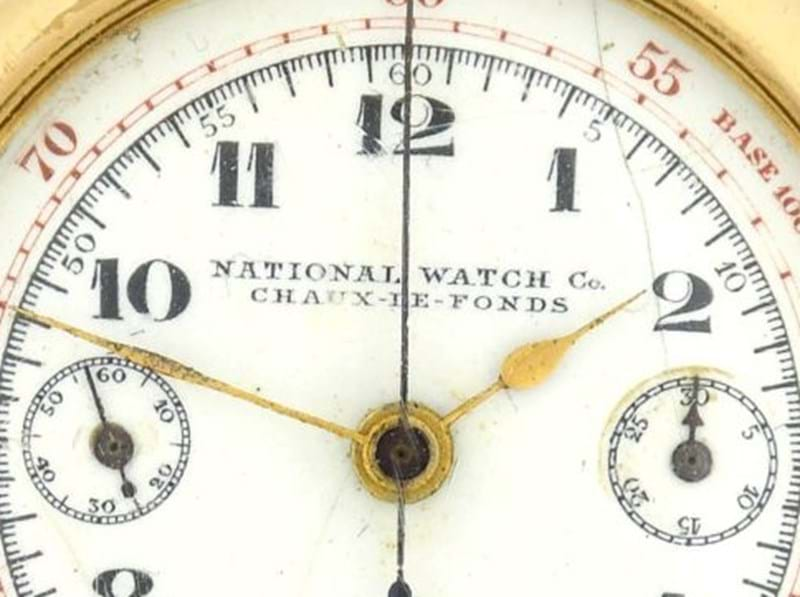What makes a carpet or rug valuable at auction?
Rugs and carpets are a common feature at Tennant’s Auctions. From general sales to specialist and fine art sales, rugs and carpets can sell from £50 to £1,500 and upwards. So what makes a carpet or rug valuable or attractive at auction?
Making carpets
One of the most common misconceptions is that the value of a rug or carpet is determined by its ‘knot count’. Rugs and carpets are made up of a series of vertical wool, silk or cotton warps that are woven together with horizontal wefts. There are 2 basic knot types – Turkish symmetrical knots and Persian asymmetrical knots. In the Turkish or Ghiordes knot each strand of the knot goes over two warps and under these same warps meeting in the middle before being cut by a knife while the Persian or Senneh knot is looped over a single warp and then under the next warp before being cut by a knife to form the pile.
Knot count is the number of knots per square inch within the rug. A high knot count does sometimes play a factor in determining the value of a rug but this is one of several factors.
Buying a carpet at auction
The oriental carpet trade is subject to the whims of fashion in much the same way as an artist becomes fashionable and then fades from public interest. Some twenty years ago the soft flowing designs and natural floral sprays of nineteenth century Aubusson (French) carpets were highly desirable and commanded high prices at auction. Today these same carpets are worth about 50% of their 1990’s value. The Chinese produced modern copies on a huge scale leading to over production and falling prices for both old and new Aubussons. Furthermore the interior designers moved away from this fashion.
During the same period Ushak carpets from Central/West Turkey with open designs and soft colours were popular. These carpets have very low knot counts but were highly sort after. Again with the change of fashion they too are worth far less than before.
How was it made?
How the carpet is made is often a consideration. Hand-made carpets, especially Persian carry a higher value than machine made ones. When you are looking at a rug, one quick test of this is to flip the carpet over and have a look at the reverse side. If the pattern on the reverse isn’t as clear as it appears on the face, then you have a less valuable, machine made carpet.
Materials play a part in determining the price of a carpet. Traditionally silk rugs are thought of as the most exotic of all. However a silk piled rug from Kashmir (usually woven on a cotton foundation) will not fetch as much as a Ghom from central Iran. The Ghom will be on a silk base and will be better quality. The silk used in the pile is superior to that of a Kashmir.
Size matters
Carpets over 4.80 long are more difficult to find –particularly antique pieces. Even with modern carpets, one measuring 4 x 3m will take longer to make than a rug half the size and will therefore command a higher price.
Colour and pattern
A carpet without a medallion is usually worth more than a similar piece with a central medallion as the former is easier to display in a room. Soft neutral colours are currently more fashionable than those with strong colours as the latter may clash with curtains and sofas. Until the 1970’s we liked our carpets to have rich intricate designs of flowering vines and plants. Today we prefer a carpet with a more open less busy field design.
So what’s coming next? I wish I knew! For that we will have to look again to the interior designers.















